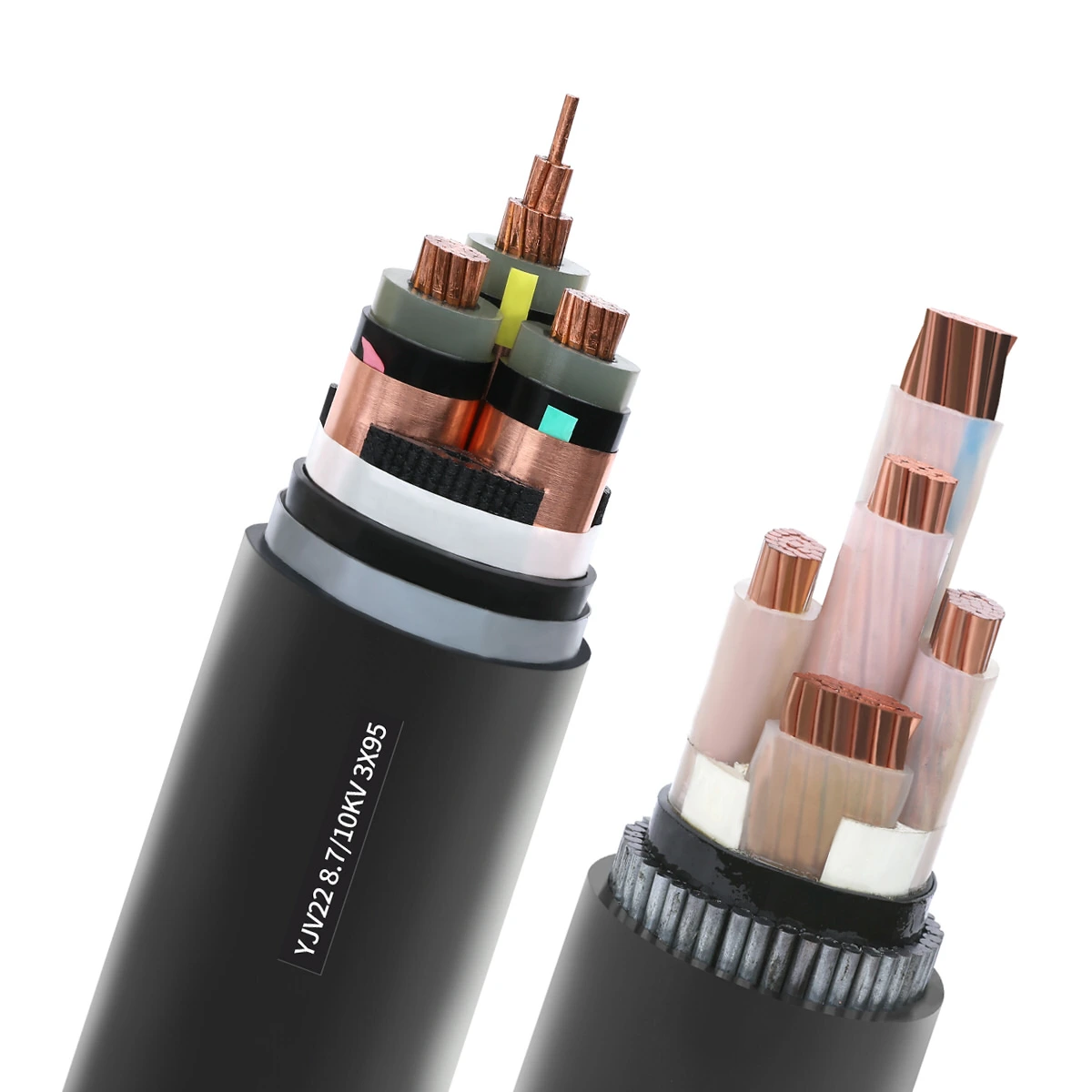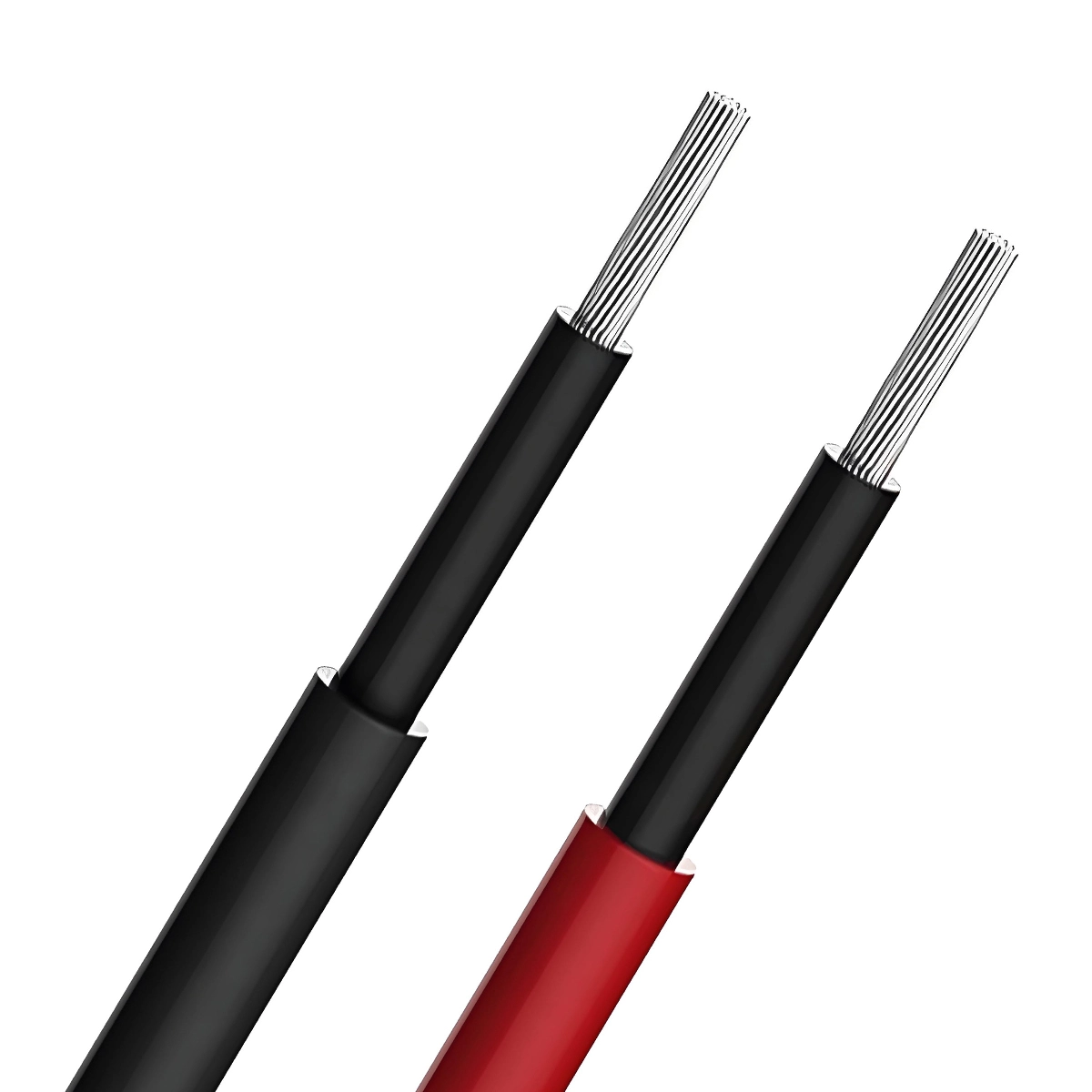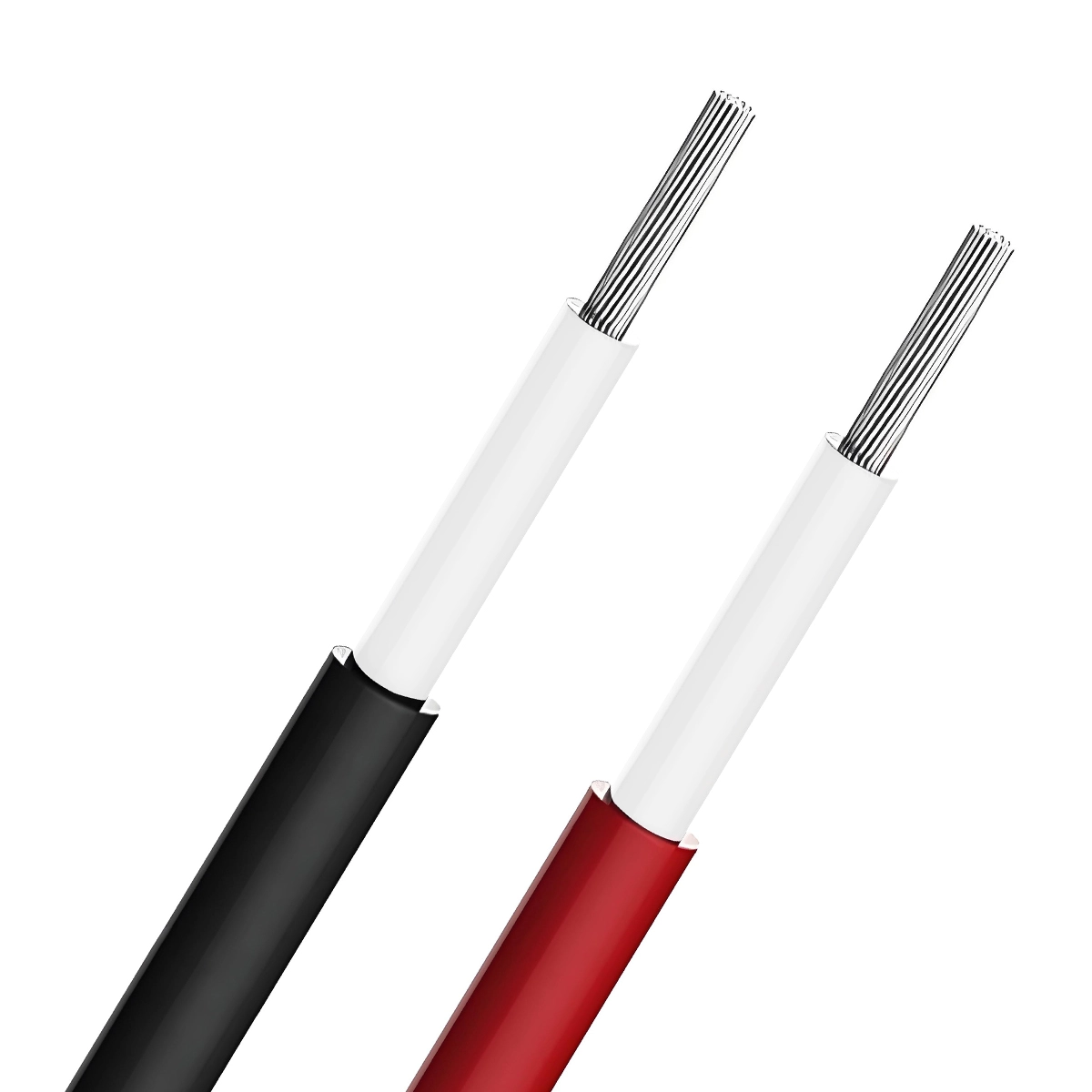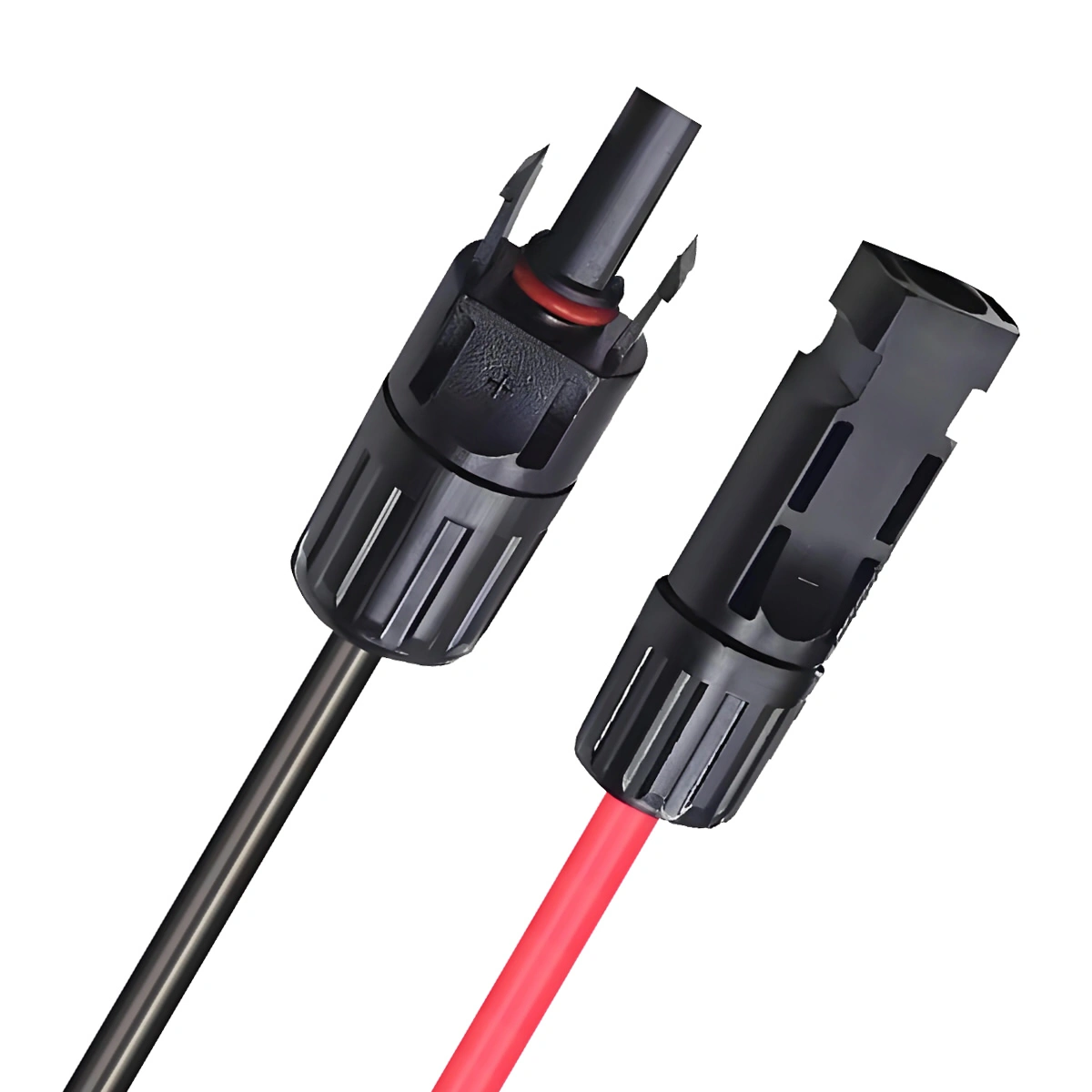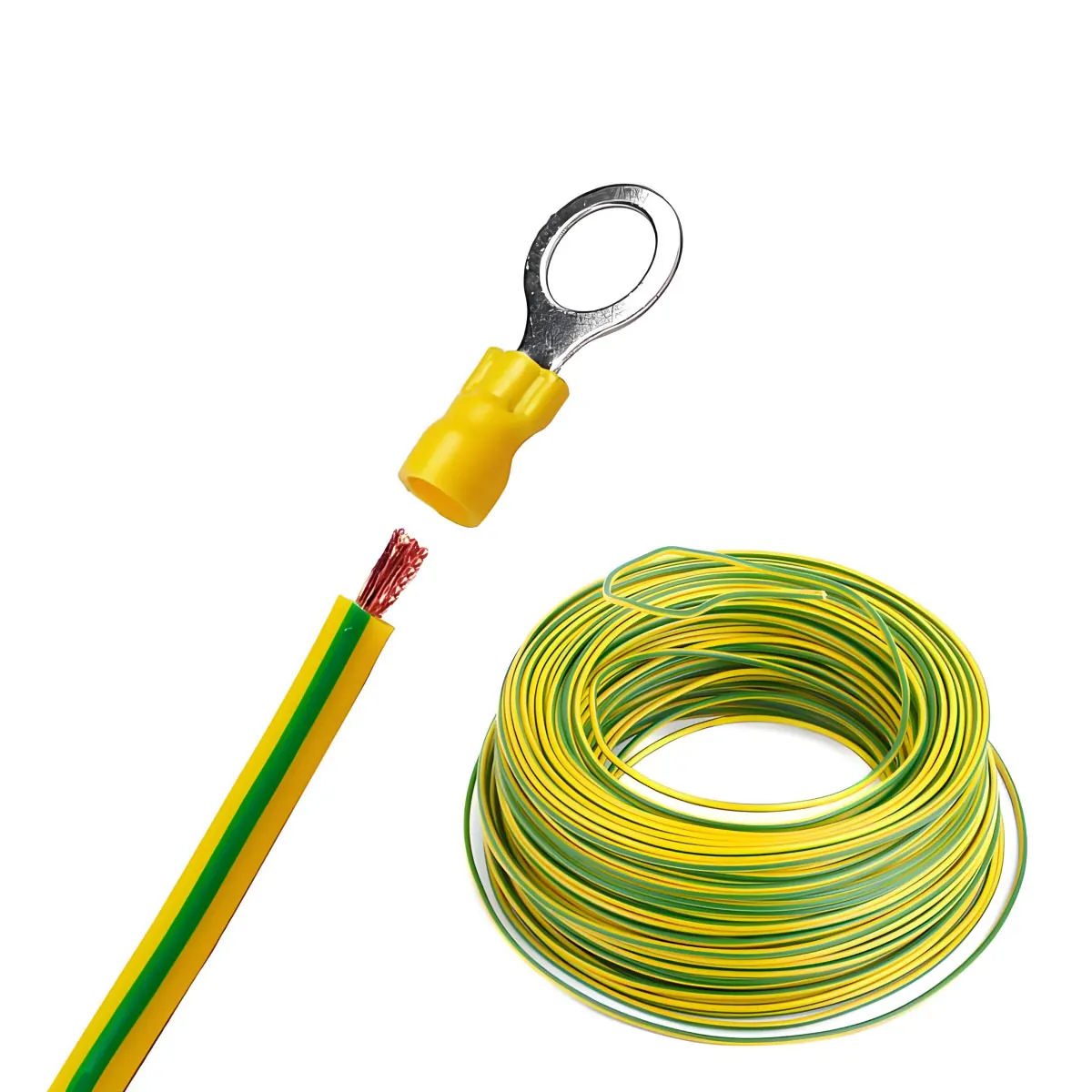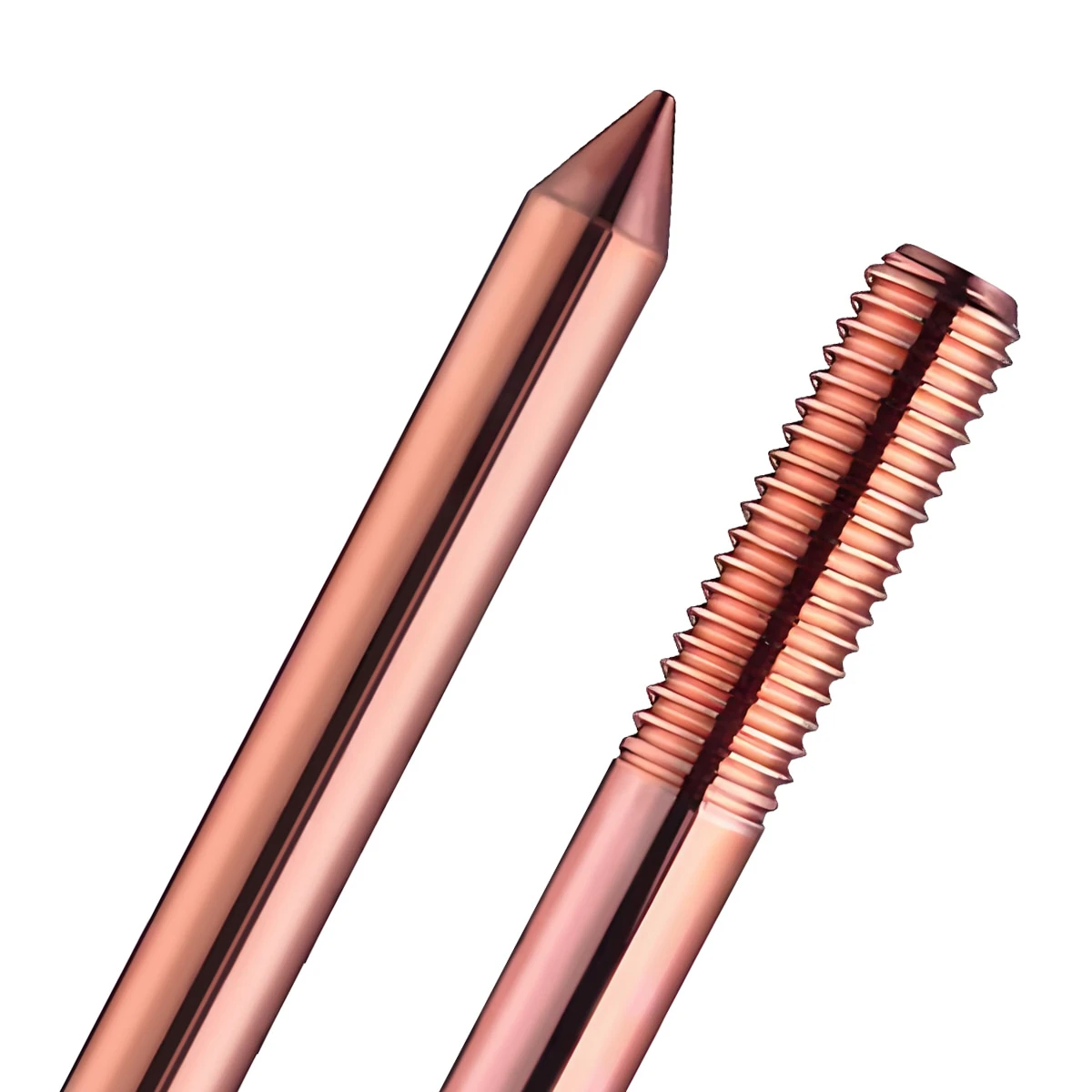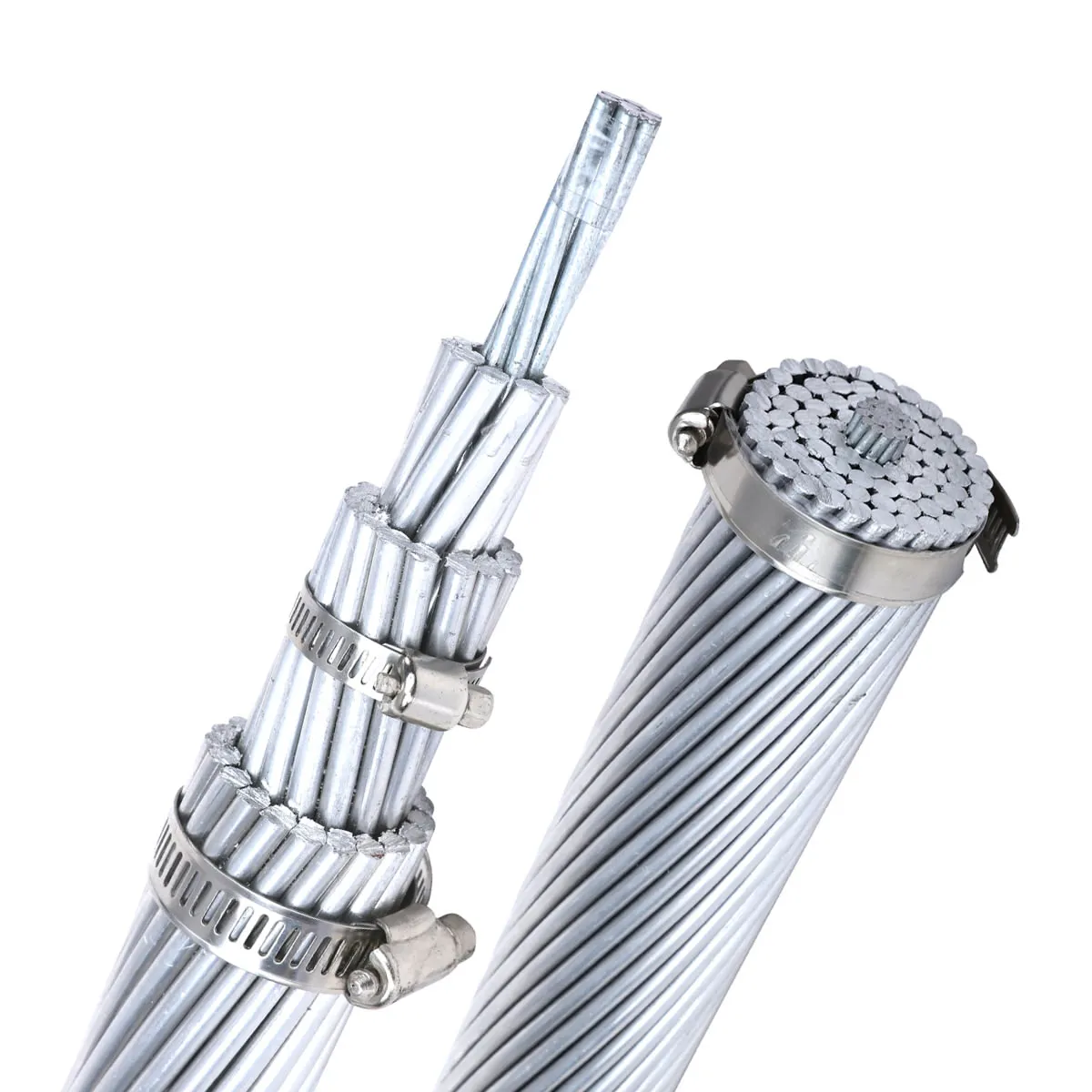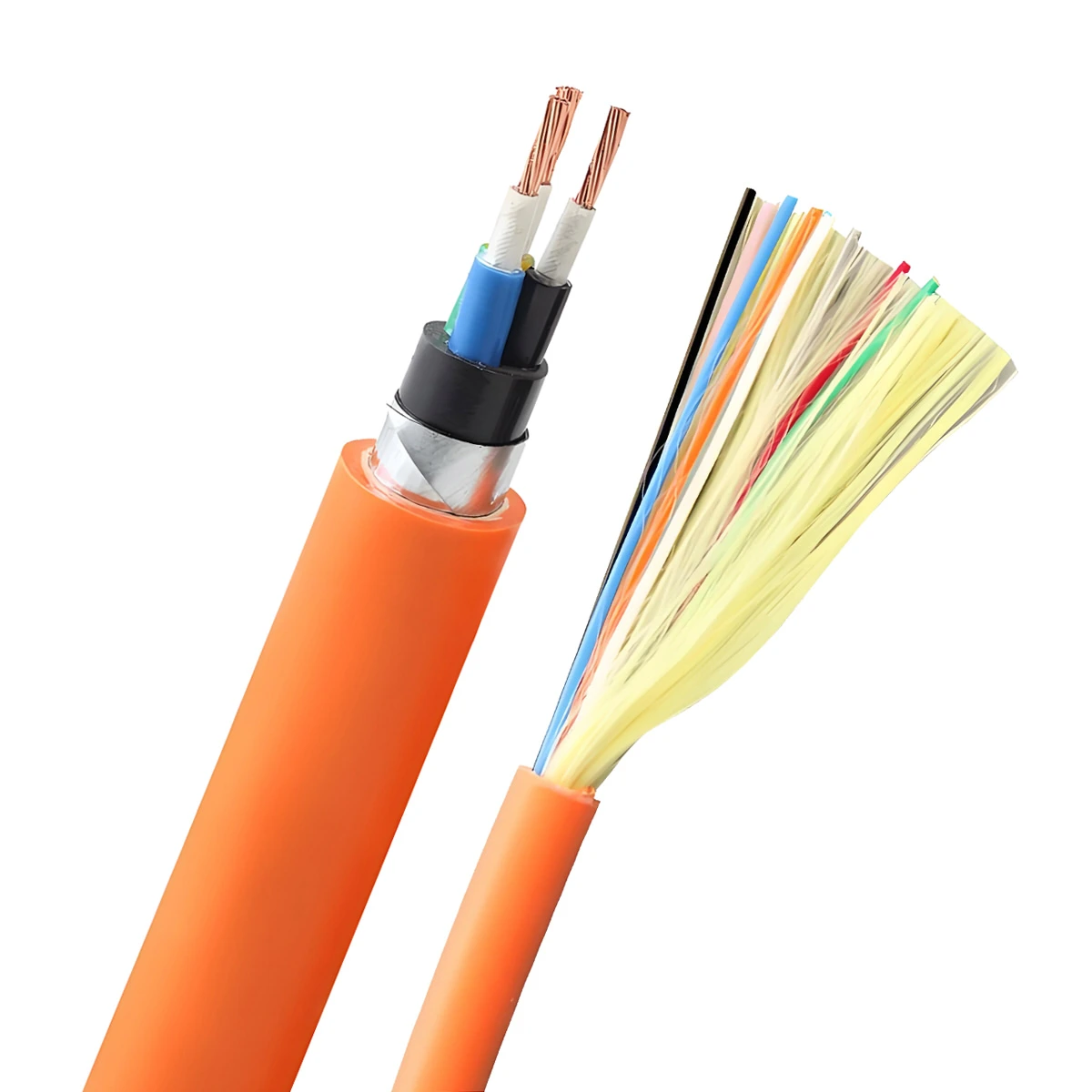AC Cable ya jua
ZMS provides low-voltage and medium-voltage solar AC cable for various types of photovoltaic projects, pamoja na cable ya H07V-U, Cable ya H07RN-F, NYY CABLE, Cable ya N2xsy, NA2XS(F)2Y Cable, na kadhalika.
In photovoltaic systems, solar AC cables are mainly used for grid connection of solar power generation. When a photovoltaic power station is close to the load center or is itself a distributed generation, the current output from the inverter can be directly integrated into the low-voltage grid through AC cables. To connect to the medium or high-voltage grid, AC cables need to be used to connect to a transformer first, which will raise the voltage to the appropriate level before connecting to the substation.
ZMS can design and provide suitable cable solutions according to the different needs of photovoltaic projects. Our Solar AC cables can optimize power transmission efficiency, reduce energy loss, and ensure that every bit of solar energy is fully utilized.
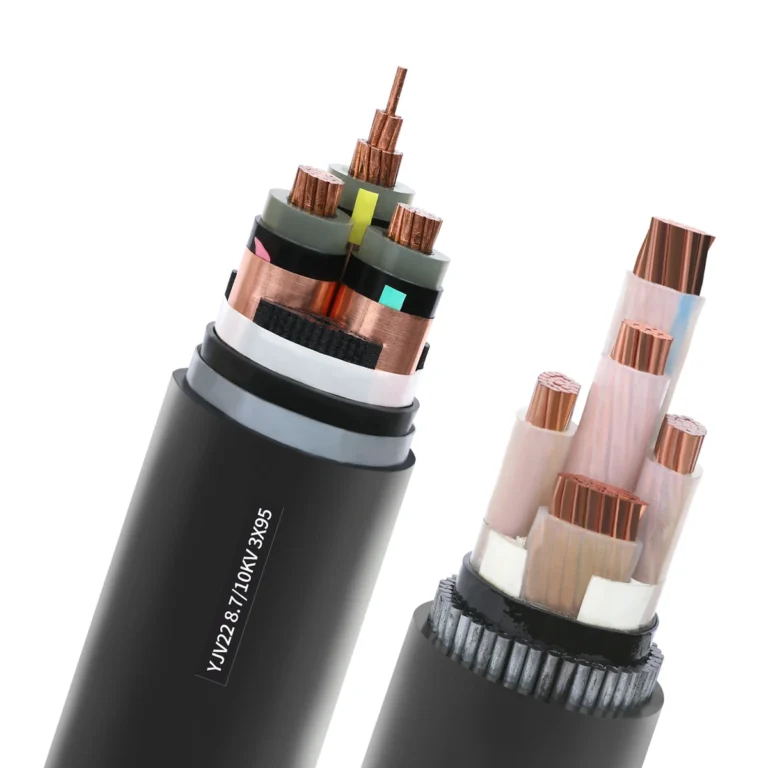
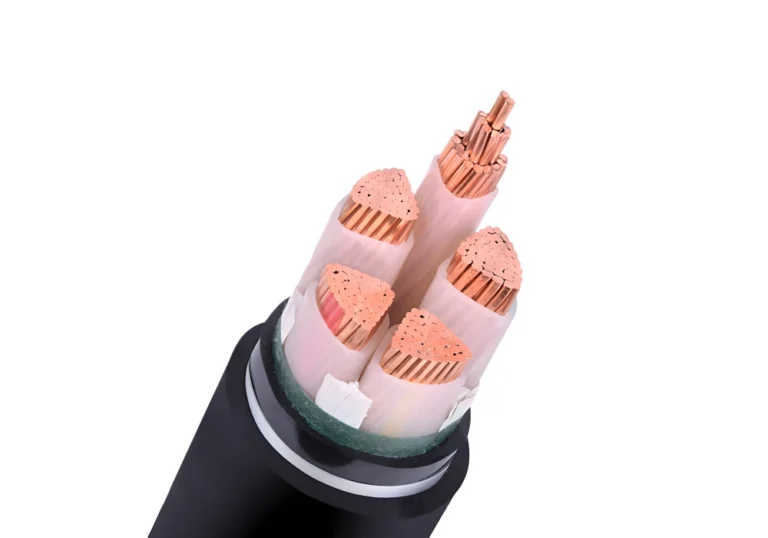
1.8/3kV CU(AL)/XLPE/(SWA)/PVC Cable
- Kondakta: Copper/Aluminum
- Insulation: XLPE
- Armour: SWA (Galvanized steel wire)
- Sheathing Material: PVC/LSZH/MDPE
- Nominal Voltage: 1.8/3KV
- Number of Cores: 1-5
- Bending Radius: 15 x D (single core), 10 x D (multi-core)
- Kawaida: IEC60502-1
- Application: Distribution cable from string inverter to LT string panel. MDPE cables can be buried, PVC cables and LSZH cables are suitable for internal and external applications.
12.7/22kV Medium-Voltage Cable
- Kondakta: Copper/Aluminum
- Insulation: XLPE
- Armour: SWA/AWA
- Sheathing Material: PVC/LSZH
- Nominal Voltage: 12.7/22kV
- Number of Cores: 1/3
- Kawaida: IEC60502, BS 6622
- Application: Three-core medium voltage cables are suitable for distribution cables from the inverter duty transformer to MCR. Single-core medium-voltage cables can be used for main MV panel to power transfomer LV side.
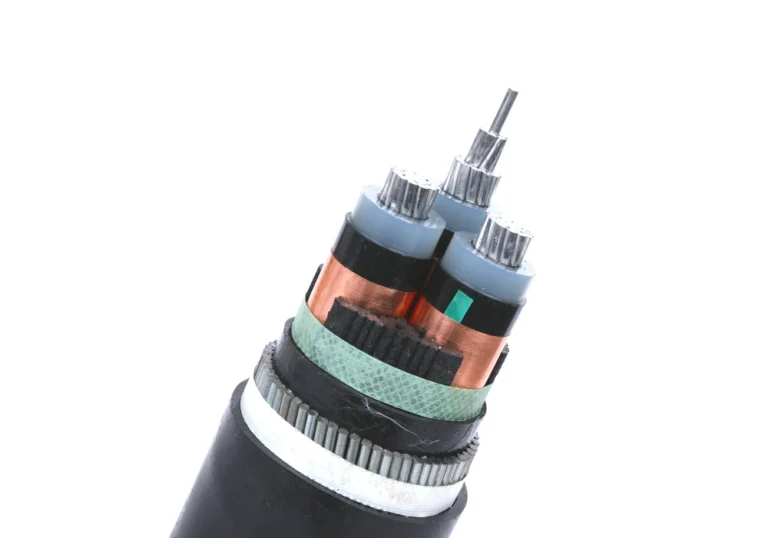
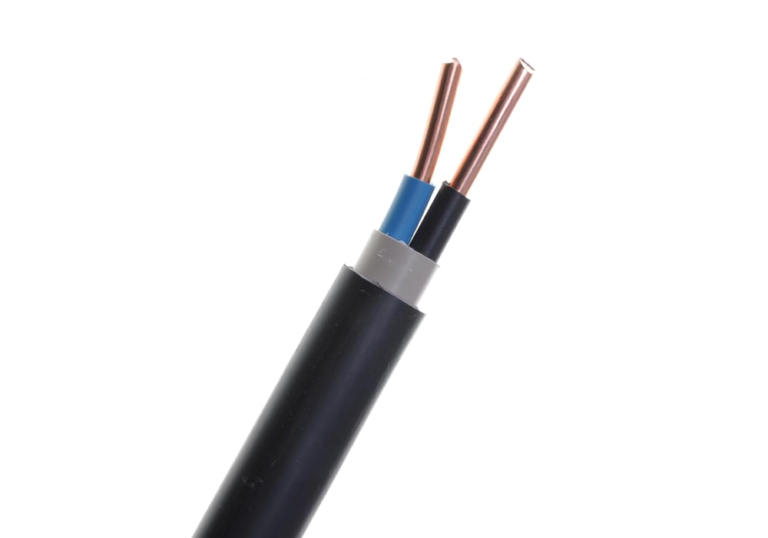
NYY CABLE
- Kondakta: Shaba
- Insulation: PVC
- Sheathing Material: PVC
- Nominal Voltage (Uo/U): 0.6/1.0kV
- Maximum Permitted Operating Voltage in 3-Phase Systems: 1.2 kV
- Operating Ambient Temperature: -5°C – +70°C
- Flame Retardant Rating: VDE 0482-332-1-2/IEC 60332-1
- UV Resistant: Ndio
- Application: For fixed installation in free air, in ground and in water
H07V-U Cable
- Kondakta: Shaba
- Insulation: PVC
- Nominal Voltage (Uo/U): 450/750V
- Test Voltage: 2.5 kV
- Operating Ambient Temperature: 5°C – +70°C
- Flame Retardant Rating: VDE 0482-332-1-2/IEC 60332-1
- Application: For laying in pipes on top of or under plaster and in closed installation ducts and for internal wiring of machinery, switchgear and distributor systems
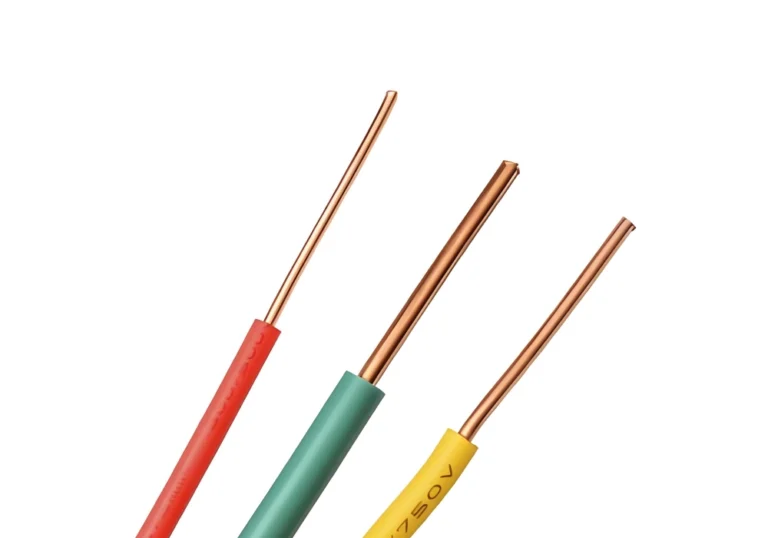
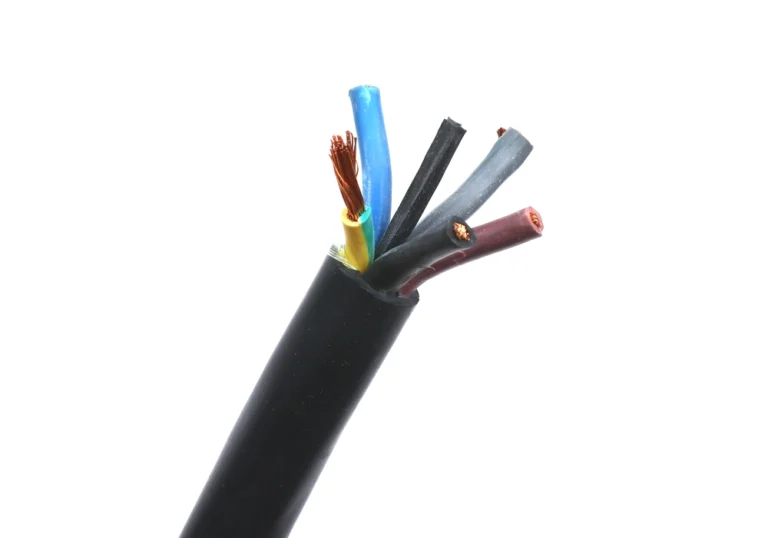
Cable ya H07RN-F
- Kondakta: Class 5 copper
- Insulation: Rubber EPR
- Sheathing Material: Rubber CR
- Nominal Voltage (Uo/U): 450/750V
- Test Voltage: 2.5 kV
- Operating Ambient Temperature: -25°C – +80°C
- Flame Retardant Rating: VDE 0482-332-1-2/IEC 60332-1
- Oil Resistant: EN 60811-2-1
- Ozone Resistant: Ndio
- Application: For use at medium mechanical stress in dry, wet and damp locations, as well as in free air
ZMS Cable Products

Maswali Yanayoulizwa Mara kwa Mara
How Should AC LV Cables Be Selected for Solar Power Projects?
When a solar power station is close to the load center or is itself a distributed generation, you only need to use low-voltage cables to directly connect to a three-phase 400V or single-phase 230V low-voltage distribution network. To connect to a medium or high-voltage grid, low-voltage cables must first be used to connect to a transformer.
The AC voltage output by the inverter usually comes in various standards. For example, the output voltage of a central inverter can be 315V, 360V, 400V, and so on, while the output voltage of a string inverter can be 480V, 500V, 540V, 800V, and so on.
Kwa hiyo, in PV systems, it is generally possible to use low-voltage cables with a rated voltage of 450/750V, 0.6/1 kV, or 1.8/3 kV. Depending on whether the cable is buried or not, an armored layer may be added.
How Should AC MV Cables Be Selected for Solar Power Projects?
If a photovoltaic power generation system needs to connect to a medium or high-voltage grid, low-voltage cables must first be used to connect to a transformer, which will then step up the voltage to the appropriate level. Medium-voltage cables are then used to deliver power to the substation. The number of medium-voltage cables required depends on the connection method.
Traditional Star Structure
In the traditional star structure, each transformer has a single medium-voltage output line connecting to the substation. This structure is the simplest and most straightforward, and it is commonly used in the design of photovoltaic power stations. Each cable only carries the power of a single transformer, so the cable specifications are smaller, reducing costs. Hata hivyo, since each transformer has only one line connecting to the substation, the reliability is not very high.
Single-Output Ring Structure
The single-output ring structure connects several transformers in a ring using cables, and the closest transformer to the substation is connected to the substation using medium-voltage cables. Compared to the double-output ring structure, the single-output ring structure uses fewer medium-voltage AC solar cables. Hata hivyo, because the entire ring has only one line connecting to the substation, the reliability is lower.
Double-Output Ring Structure
The double-output ring structure has an additional line connecting the ring to the substation compared to the single-output ring structure. If one output line fails, the other line can continue to allow the inverters in the ring to output power to the grid. Similar to the single-output ring structure, considering the flow direction during a fault, all cables must be selected to withstand the power of all transformers, resulting in relatively higher costs.
Bridge Structure
Before the ring structure was proposed, the bridge structure was often used. In this structure, based on the star structure, each pair of adjacent transformers is connected using medium-voltage cables. This way, each transformer has two lines connecting to the substation, greatly improving system reliability. Hata hivyo, the cost is relatively high due to the additional cables between each pair of transformers.
For photovoltaic power stations of different sizes, the cable selection analysis varies under different requirements. When selecting medium-voltage cables, it is essential to comprehensively consider mandatory requirements, costs, and benefits to determine the most advantageous solution and decision.
What Are the Principles for Selecting AC Cables for Solar Power Systems?
The selection of AC cables for solar projects follows the general requirements for cable selection, which include considering voltage levels, continuous operating current, short-circuit thermal stability, allowable voltage drop, economic current density, and installation environment conditions. Zaidi ya hayo, photovoltaic power generation has its own characteristics, requiring consideration for cables that may be used in harsh environmental conditions such as high temperatures, severe cold, and ultraviolet radiation. Kwa hiyo, the following factors should be taken into account:
- Insulation performance of the cable
- Heat resistance and flame retardancy of the cable
- Moisture resistance and UV protection of the cable
- Installation methods of the cable
- Type of cable conductor
- Cable specification
ZMS can provide you with a comprehensive solar cable solution for your photovoltaic power generation project, greatly facilitating your power cabling needs.
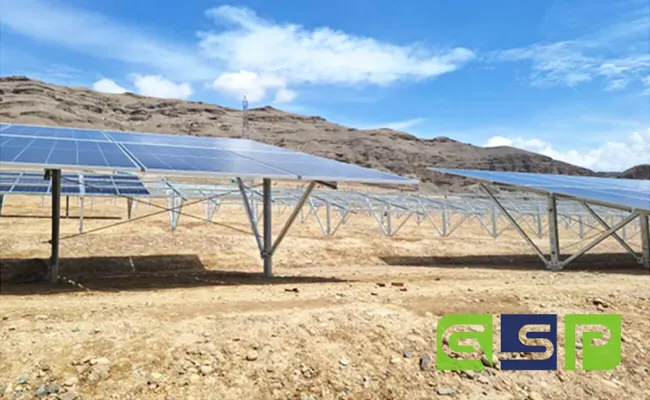
Muhtasari wa Mradi
ZMS iliungana na Nguvu ya Jimbo la Kijani (GSP), mwanzilishi katika miundombinu ya nishati mbadala, kuandaa monumental 10 Mradi wa photovoltaic wa MWP huko Kabul, Afghanistan.
ZMS ilichambua kwa kina mradi wa PV na kuutoa 1X10 na 1X6 nyaya za jua H1Z2Z2-K, 3Kebo za X300 za LV, 3Kebo za X300 za MV, pamoja na ACSR 185/30 nyaya za juu. Kukamilisha hivi vilikuwa vifaa muhimu kama viunganishi vya PV na visanduku vya zana vilivyoratibiwa kwa uangalifu.
Kujitolea kwa ZMS kwa ubora na kutegemewa kuliwezesha usakinishaji laini na ufanisi wa kufanya kazi, kuchangia miundombinu ya nishati endelevu ya kanda.
Huduma ya ZMS
Utengenezaji Uliobinafsishwa
We understand that every customer's needs are unique. Kwa hiyo, tunatoa huduma za kubinafsisha kebo za jua, kurekebisha kila undani kutoka kwa vipimo vya kebo hadi miingiliano ya unganisho kulingana na mahitaji yako mahususi ya mradi, kuhakikisha utangamano wa juu na ufanisi.
Uratibu wa Majibu ya Haraka Ulimwenguni
Kwa msaada wa mtandao wetu wa kimataifa wa vifaa, ZMS huhakikisha kwamba maagizo yako ya kebo ya photovoltaic yanafika sehemu yoyote ya dunia kwa usalama na upesi. Timu yetu ya kitaalamu ya vifaa hufuatilia kila hatua ya usafirishaji ili kuhakikisha utoaji wa bidhaa zako kwa wakati unaofaa.
Msaada wa Kiufundi
ZMS's technical support team is always on standby. Changamoto zozote za kiufundi unazokutana nazo, tunaweza kutoa majibu ya haraka na ufumbuzi wa kitaalamu, kuhakikisha matumizi ya mtumiaji bila wasiwasi.
Uzalishaji wa Kijani
Kebo zetu za jua na vifaa vinafuata kwa ukali viwango vya mazingira wakati wa mchakato wa uzalishaji, kupunguza athari zao kwa mazingira. Kwa kuchagua ZMS, sio tu unawekeza katika nyaya za ubora wa juu wa photovoltaic lakini pia unachangia maendeleo endelevu ya sayari..

